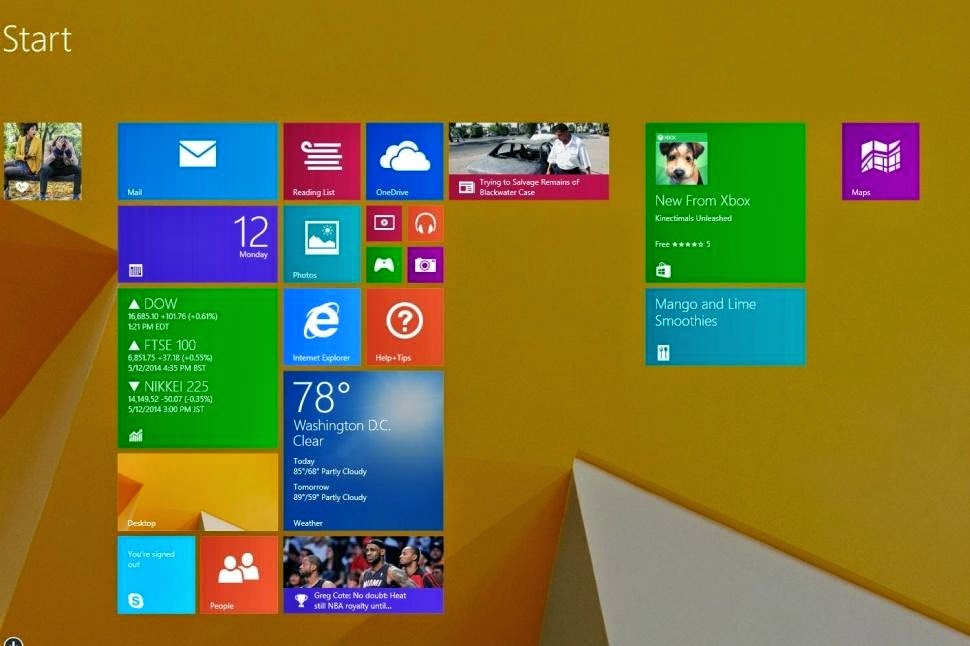A maiden half century and two wickets in two balls from Liam Plunkett for England left the second test finely balanced, as India finished day three Saturday with a second-innings lead of 145.
Opener Murali Vijay was 59 not out, holding on after the pressure mounted on him at Lord's when India suddenly wobbled by losing three wickets for five runs in the last session.
Beside Vijay at stumps was captain Mahendra Singh Dhoni on 12, as India survived to 169-4 after conceding a first-innings lead to England at lunchtime.
Resuming on 84-1 in the final session, Cheteshwar Pujara and Vijay guided India to 118 when Plunkett struck.
Pujara made 43 when he reached for a delivery that should have been ignored, and wicketkeeper Matt Prior caught him to become the first player to take 50 catches at Lord's.
With the next ball, Plunkett bowled Virat Kohli for a golden duck, the ball weaving inwards into off stump.
The Lord's crowd, subdued after a soporific hour after tea where India slowly increased its total, was suddenly roaring approval for Plunkett, who was preparing to bowl for his hat trick for the third time in four tests.
But like the other two opportunities against Sri Lanka, they were not successful. His third delivery sailed wide of off stump and never required Ajinkya Rahane to play at it.
"When Kohli came in I wanted to hit off stump as hard as I can, and it kept in line," Plunkett said. "Ideally, for any new batsmen, whether you are on a hat trick or not, you want to try and get it in that channel . not bowl a wide one."
But Rahane, a centurion in the first innings, made only 5 before his fend at a Stuart Broad bouncer lobbed to a vacant square leg, where Prior raced over and took the catch.
Rahane was dismayed as umpire Bruce Oxenford confirmed the wicket, and TV replays revealed the ball crashed into his arm guard. But umpire reviews aren't available to either side in this series, and England had a third wicket for five runs.
Vijay brought up his sixth half century off 162 balls with a four off James Anderson.
Shikhar Dhawan was the only batsman to fall in the second session for 31, blasting a cut shot off Ben Stokes to backward point, where Joe Root took a sensational two-handed catch.
In the first session, Bhuvneshwar Kumar finished with figures of 6-82 as England was dismissed for 319, and a lead of 24.
Resuming on 219-6, nightwatchman Plunkett was unbeaten on 55 for his first test half century.
Prior, on 23, was the first batsman to fall on day three. He top-edged a delivery from Mohammed Shami skywards, giving Dhawan time to get underneath.
His dismissal ended a 51-run partnership for the seventh wicket.
Kumar then struck twice in his 28th over, bowling Ben Stokes for his second consecutive five-for, and Stokes' second straight duck after the first test.
Broad then recklessly edged to Dhawan in the slips on his second ball, after hitting the first for four, as Kumar became the first India bowler to collect a six-wicket haul at Lord's since Bishan Bedi in 1974.
A collapse appeared to be on, as Prior, Stokes and Broad went for 15 runs and 26 balls. But Anderson, high on confidence with his batting after a career-best 81 in the draw at Trent Bridge, stayed alongside Plunkett, and the duo guided England into a slender first-innings lead with a 10th-wicket partnership of 39.
"I take pride in my batting, I love to bat," Plunkett said. "I still work hard on it, and as Jimmy showed last game, runs at the end have been crucial. The partnership at the end to pass their score was a good feeling."
Anderson was eventually caught on 19 by Rahane trying to reverse sweep Ravindra Jadeja, the man he is accused of pushing at lunch on day two of the first test. Their hearing is on Tuesday, and the ICC has another issue to deal with from that draw at Nottinghamshire's home ground.
David Boon, the match referee, rated the Trent Bridge pitch as "poor," meaning the England and Wales Cricket Board could potentially be fined or reprimanded. It has 14 days to respond to the charge and said it "will continue to work together (with Nottinghamshire) to resolve the issue and provide the required response."
















